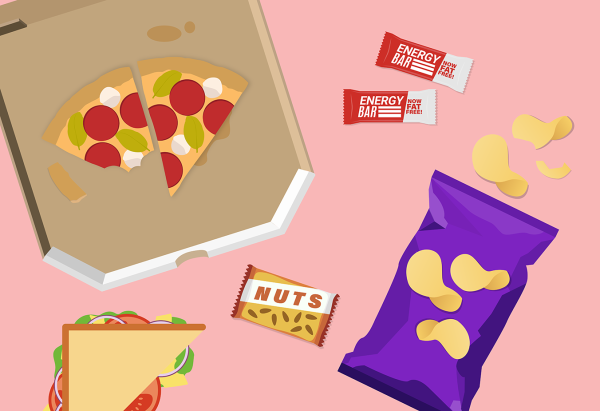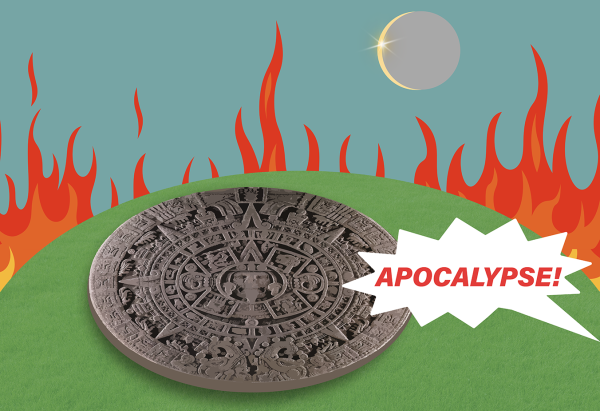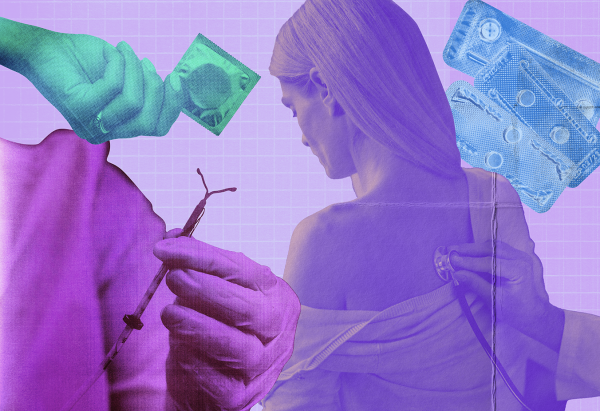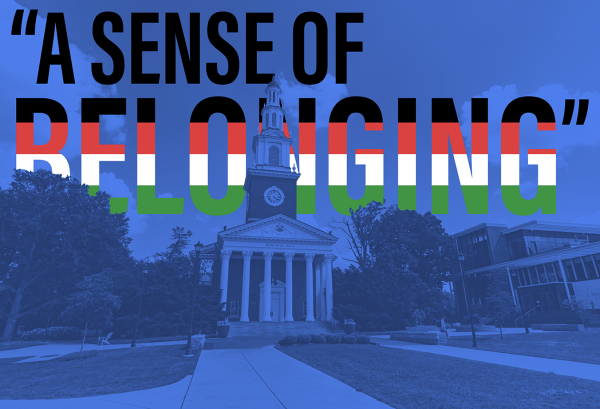Food donations lack nutritional benefits for underprivileged kids
University of Kentucky student Shannon Frazer, pictured in the Kernel office on 10/14/09. Photo by Ed Matthews
January 18, 2011
Column by Shannon Frazer. E-mail [email protected].
Monday was Martin Luther King Jr. Day, and in honor of the day, many took part in a nationwide day of service.
According to the website mlkday.gov, this year marks the 25th anniversary of the holiday and a presidentially-mandated service initiative called United We Serve.
While Martin Luther King Jr. Day was first recognized as a holiday in 1986, Congress attached the “day of service” in 1994.
The website also indicates that more people live in poverty today than did in King’s time. About 47 million Americans are estimated to live below the poverty line. And among the most essential items they need is food.
Having volunteered at a local food bank before, and last year taking part in a backpack lunch program for underprivileged elementary school kids, I have seen firsthand the types of foods donated.
Yes, that 10-year-old can of lima beans may show up in a donation bin somewhere, but what concerns me more is the multitude of unhealthy food that has trickled its way into the donated fare.
The Jan. 13 episode of National Public Radio’s “All Things Considered” explained that the food problem isn’t an unusual occurrence.
NPR reported that food banks, soup kitchens and other food donation services are facing especially rough times, and have been forced to accept food donations that offer little healthy benefit, such as soft drinks and chips, to those who rely on the establishments’ services.
In the report, Dr. Mary Flynn, a nutritionist at Brown University, said, “I was told that ‘Well, we give it out because if we don’t take it, we won’t get other food from people when they’re distributing it.'”
Others have recognized the problem and tried to find healthy, yet cheap, solutions.
“Feeding America, a national umbrella group, has set a five-year goal to get 75 percent of what’s distributed classified as nutritious,” reported Blake Farmer, an NPR correspondent.
Farmer said, “To make up for the sweets and soda they have trouble saying no to, many food banks are loading up on things like fresh produce, even if it means more work…Healthy eating is often a choice of quality over quantity, and since food banking is a volume business, any decision that results in less instead of more takes nerve, especially when the need is so great.”
By comparison, when I filled backpacks with food, meals usually consisted of prepackaged cereal, flavored non-refrigerated milk (chocolate, strawberry or vanilla), a can of tuna or box of pasta, Goldfish, a Poptart and a jumbo candy bar.
The kids who received these meals were to eat them over the course of the weekend, when they may not have the opportunity to receive an “adequate” meal from home.
Aside from the minimal nutritional value of what was provided to these kids (no fruits or vegetables, and heavy on the sugars and starches), I was surprised that organizers of the program felt the foods were any more nutritional than what the children could get at a corner gas station, for instance.
As I think about the numerous volunteers who might have performed a similar act of service Monday, I can’t help but to say that while their intentions are good, they aren’t doing much health-wise for those who will receive the donations.
Martin Luther King Jr. once said, “Life’s most persistent and urgent question is: What are you doing for others?”
I applaud all those who got out and served on Martin Luther King Jr. Day 2011, but to echo King’s own challenge. I ask you to consider whether your service truly is helping out those in need.




















































































































































